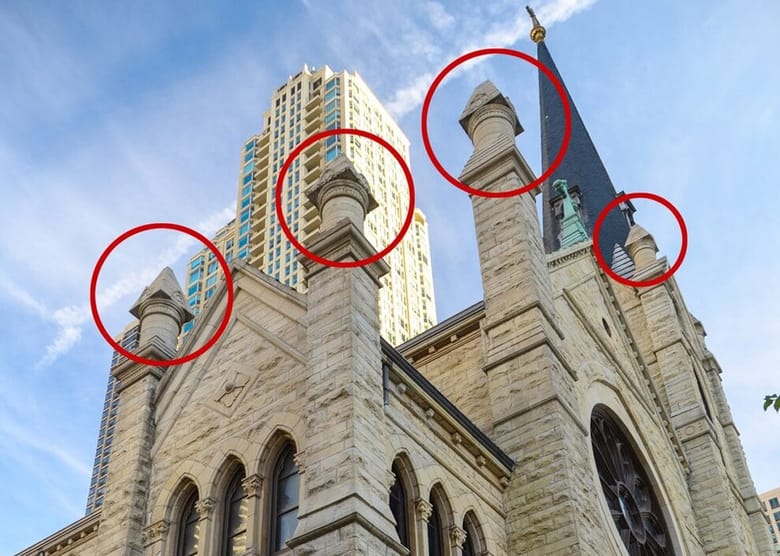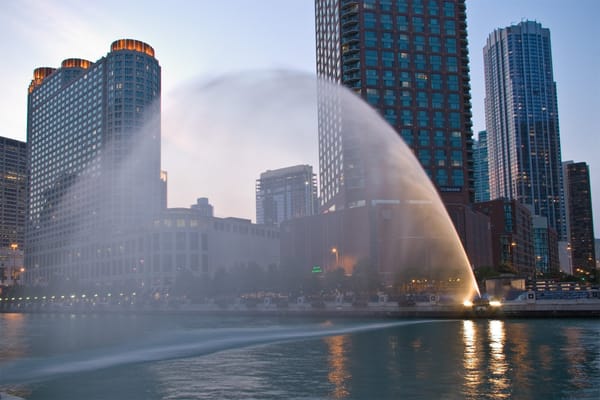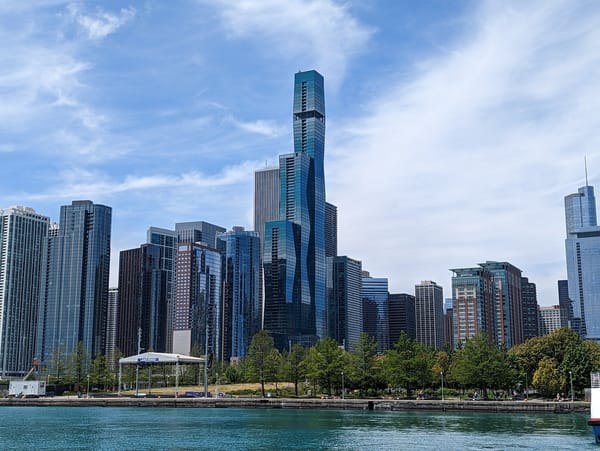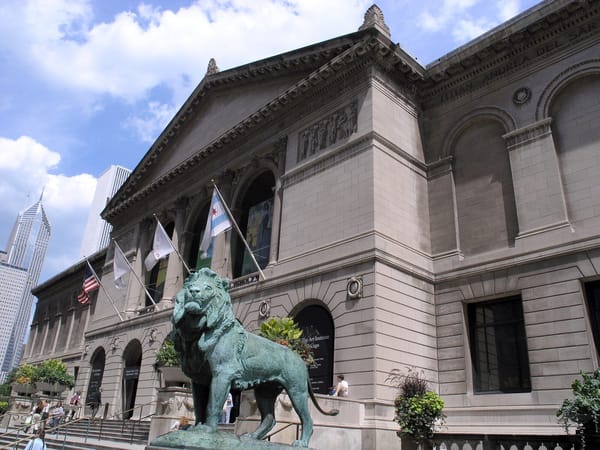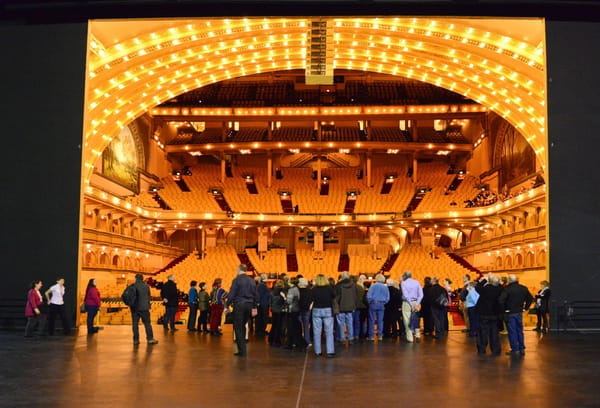A pinnacle is a pointed, ornamental feature often found at the top of a buttress or pier, particularly on Gothic-style buildings. It typically serves as a decorative element that accentuates the vertical lines of the architecture, enhancing the overall height and grandeur of the building. Pinnacles are often seen crowning spires, towers, or buttresses and may be adorned with intricate carvings or finials.
The term "pinnacle" comes from the Latin word "pinnaculum," meaning "small wing" or "small point." Historically, pinnacles were used extensively in Gothic architecture, where they played both a decorative and structural role. They were often employed to emphasize the verticality of Gothic cathedrals and to provide additional stability to the flying buttresses that supported the cathedral’s high vaults.
Examples in Chicago:
1. The Tribune Tower: This iconic skyscraper features a number of pinnacles on its Gothic Revival-style facade. The pinnacles on the Tribune Tower add to its vertical emphasis and contribute to its neo-Gothic appearance, making the building a notable example of this architectural feature in a modern context.
2. The Wrigley Building: The Spanish Revival style includes pinnacles that adorn its towers. These pinnacles are embellished with decorative elements and enhance the building’s ornate and historic character, blending traditional and contemporary design elements.
3. 875 N Michigan Ave: This modern skyscraper, formerly known as the Hancock Center, includes pinnacle-like features on its upper levels, albeit in a more abstract, minimalist form compared to traditional Gothic pinnacles. These elements help to define the building’s striking silhouette against the Chicago skyline.
